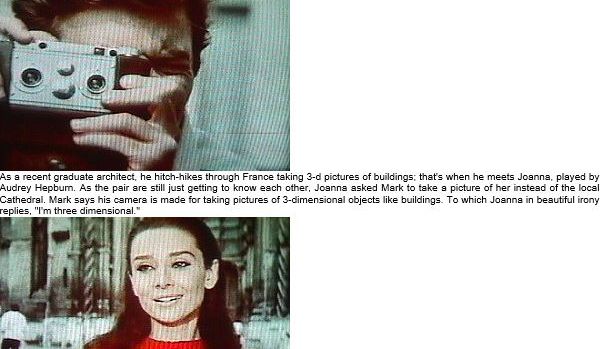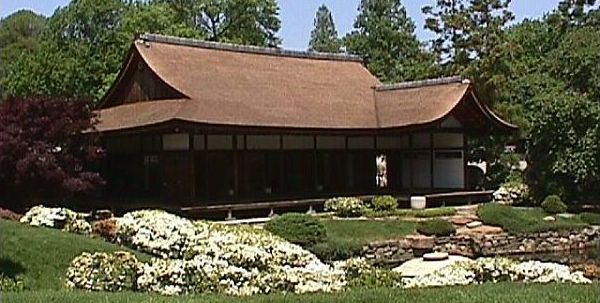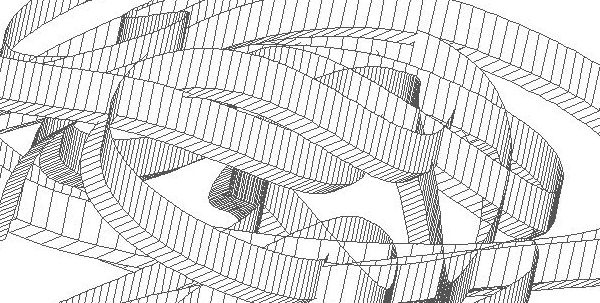behind the scenes | multiple vision |
working title museum | the architecture of being... virtual fog |
|
So far, I have not made any plans to go back to the FHL to acquire more copies of Miers' journals--I'm ongoing caregiver for my schizophrenic (though now much stable) older brother, and my being out and about for extended periods of time is not an easy thing to do. Peale's sketch being unquestionably of Ury House makes it clear that Ury was much altered post 1824, but it also provides the (visual) link to Latrobe's 1811(?) watercolor. Being now fully aware of the role Wolfe played in the making the Learning from Las Vegas, my view of the VSBI project has changed. According to my notes, on 18 August 1996 I was still referring to the virtual museum of architecture I was then planning to 'create' as Non Ici, and by 2 October 1996 the virtual museum was being referred to as Quondam. Went there to sketch a couple of times, and just missed being in there during a rain storm (I really wanted to experience that). In more than a few ways, the sentiments of the quotation relate directly to the (objectives of) the Bennesse Art Site, where even the (new) architecture now carries the added function of being a 'museum peice'. At least it's still image versus reality that is being discussed, or is really just image versus imageRewrite your piece with regard to what I wrote as being true, and then see how much more effective your message will be. being now more aware of "Regions which are not ruled by time and space...." I propose Museum Studies 6.1 where visitors to the PMA Duchamp Gallery are encouraged to bring along a copy of the Duchamp/Sweeney interview text and then speak some of the passages while in the Duchamp Gallery, thus somewhat closely reenacting sound waves first produced by Duchamp and/or Sweeney within the same space, yet at a different time, obviously. If there are now more schools where traditional architecture is being taught, then why are there still so many complaints. I am addressing the points being made, but you're not answering. I'm not against traditional architedture being practiced today, and, since traditional architecture is indeed practiced by some architects today, why are the architects that do not practice traditional architecture being blamed for not doing so as well? Are cracks being forged in temporality, or are cracks being forged in temporal taxonomy? You say, "My issue is that there are not enough to prevent a great deal of poorly designed traditionally styled buildings from being built today, thus the need for some training in traditional architecture in the schools today." Given the model of the office you propose and the possible municipal link suggested by tint, my notion of the office also being a school is that students would be part of the office work force and the registered architects of the office would be the teachers. virtual 1 : of, relating to, or possessing a power of acting without the agency of matter 2 : notably effective 3 : being functionally or effectively but not formally of its kind A few months ago, a friend and I were talking about "not being on Facebook." "The complex variegated urban order can emerge bottom up - via multiple independent authors sharing methodology and ethos - rather than being imposed top down." "It is not a locker room but an incubator for adults, an instrument that permits the members--too impatient to await the outcome of evolution--to reach new strata of maturity by transforming themselves into new beings, this time according to their individual designs." "[I] got [Piranesi] to finish the whole of Rome and to publish it alone without joining it in a book whose principal dedication was to my Lord Charlemont, which made mine less regarded, whereas mine being sold separate all the world will purchase it and have no other name to detract from the honour of the intention." Orhan, in thinking more about it, the idea of a virtual biennale kind of came to me because I realized that your last two posts about the Bi-City Biennale are being written (I assume) from Los Angeles. I ask because when I traveled through West and East Germany in May 1990 (the Wall had already come down, but they were still two separate states), whenever I was in the East (East Berlin, Potsdam) I found myself being oddly cautious because I wasn't quite sure if the 'rules' were the same. And there's something about the initial designs (early 1990s) of the Disney Concert Hall's swooping forms/shapes first being concieved as stone that (I think perhaps) offers a key to the evolutionary unravelling of Gehry's operative utilization of architectural history. When Mars is in opposition, like now, it is the fourth brightest heavenly body (relative to Earth viewing), being surpassed only by the sun, the moon, and the planet Venus. Plus we talked about bidding at eBay in the car that was giving me a ride back to my hotel--he was slightly upset by usually being outbid on items he wanted, and I teased him that I got those items. The setting in the video reminded me of being in Australia--something about the light and the view in the background. Since its arrival on Friday, I've been spot-reading from ANY 25/26: being Manfredo Tafuri (2000). reenactionary 1 : being or exhibiting the qualities of a reenactment De Ricci's expertise is in her being an actual bilocator, Kahn is the architect of the new design (because he already designed the Dominican Motherhouse of the Sisters of St. Catherine de Ricci and he was a student of Paul Cret), and Barnes has been estactic about bilocating since the car crash. Thus, it's fairly certain that the 21st century is going to turn out being extremely diverse architecturally as well, and it might just help for all architects and historians to just generally realize that fact. Perhaps the pliability metaphor applies here too; perhaps the pliancy has been lost for being stretched too much and too far. And, when I do find them, they're going to be called the "Can you really understand creativity without being really creative yourself?" series. Thus, while looking at the images within Scully's Louis I. Kahn now, and at the same time being well aware of Tafuri's writings on Kahn, you can see what is the greater inspiration behind Tafuri's whole critique of contemporary architecture and 'history', even to the point where it was indeed Kahn that lead Tafuri to his 'analysis' of Piranesi's Campo Marzio. It could mean that at the time when different architect's designs were being voted on that David did not vote for Gehry's design, but after Gehry's design was chosen, he then went along with the Commission's decision. Finally, I trust that your enquiry is being put forward good naturedly. In (very) base terms though, for me it's more a matter of my being ignorant of the subject rather than out right ignoring the subject. I thought there wasn't much to your notion of (me being representative of) intellectual anesthetization, and now that I see what you think is an architect's correct (critical) behavior, it really has nothing to do with intellectual anesthetization (or me). My mother (1924-2012), also born in the town and unfortunate victim of the worst of WWII's Soviet aftermath, had the uncanny charm of being both late 18th century provincial and thoroughly 20th century modern. I then thought of what Collingwood said about not being able to truly learn from history because we are not able to actually experience history. Perhaps the 'popularity' of liking the 'mechanical' out of sight is really only a reflection of simply being human. |
|
|
|
|
|
www.quondam.com/32/3207x.htm | Quondam © 2020.05.05 |





